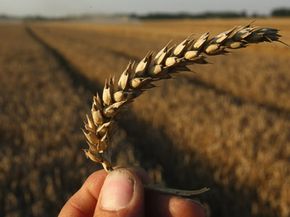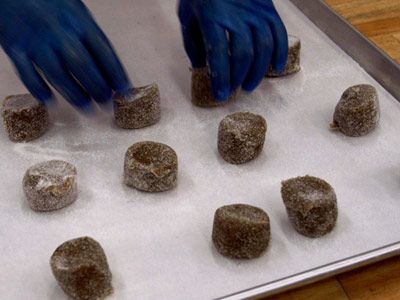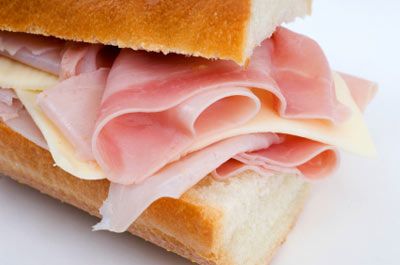According to Greek mythology, the infant Achilles was dunked by his mother into the River Styx, a baptism that conferred upon the warrior his invincibility in battle. However, the water didn't touch the skin where his mother was holding him, which was at the ankle. Achilles was killed by a wound to the area, and the term Achilles' heel has come to signify a hero's one weakness or vulnerability. Most notably, Superman was rendered powerless by kryptonite. But should a scribe want to give a character a new yet relatable Achilles' heel, he or she might consider using celiac disease. Those who suffer from this autoimmune disorder are affected by even the smallest amount of gluten, which is a protein found in wheat, barley and rye.
Our small intestine is tasked with absorbing nutrients from our food, which it does with wavy protrusions known as villi. In someone with celiac disease, however, gluten damages the small intestine's lining, so that the villi lie flat or are even nonexistent. As a result, the villi can't trap the nutrients and transfer them to the bloodstream for the rest of the body; instead, all the nutritional value heads out of the body with the stool. That leaves the sufferer malnourished and at risk for a number of conditions including anemia and osteoporosis.
Advertisement
Celiac disease is much more than a mere food allergy to gluten. Though researchers are still sussing out the interplay of various factors, it appears that 95 percent of celiac disease sufferers possess one of two histocompatibility leukocyte antigens (HLA), which makes it likely that the close family members of a sufferer will also possess the genes [source: Fasano]. Recent research by Alessio Fasano of the Center for Celiac Research at the University of Maryland suggests that some people may also have a weakened gut, which predisposes them to this type of gastrointestinal condition.
But even if doctors aren't quite sure of all the precise causes, they do know that celiac disease is on the rise; a study published in 2009 revealed that celiac disease is about 4.5 times more common now than it was 50 years ago, perhaps because gluten-containing wheat products have become dietary staples in the West [source: Mayo Clinic]. It's estimated that about one person in every 133 suffers from it [source: Fasano]. Still, despite knowledge that celiac disease is on the rise, the condition remains woefully underdiagnosed. Find out what you should be on the lookout for on the next page.
Advertisement




